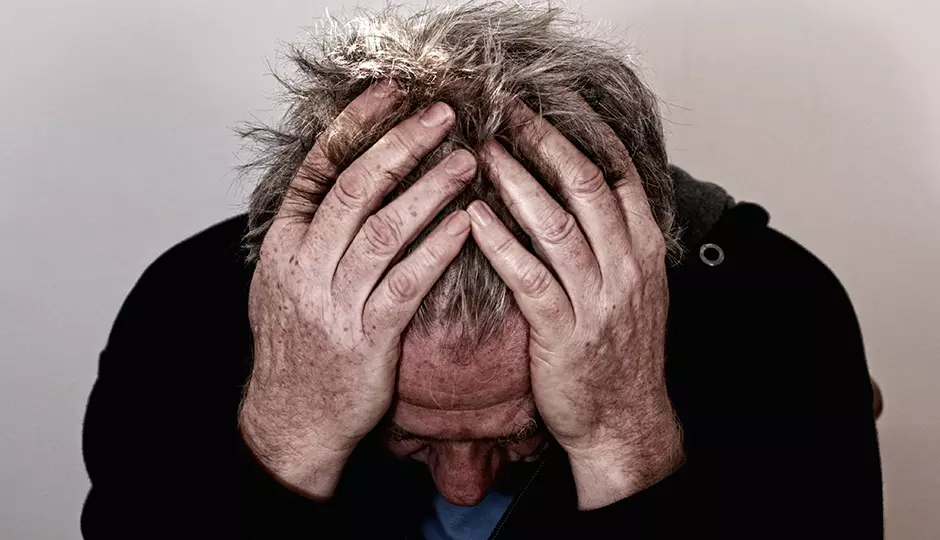Hair is an essential part of who we are as a person. Our hair not only serves to protect the scalp from the elements but is also an extension of our personality and style. Along with the physical effects, thinning hair and hair loss can also affect our self-esteem and self-confidence and even interfere with our ability to perform routine daily activities.
The medical term for hair loss is alopecia, and there are several types with various causes. The most common cause is a condition known as androgenic alopecia, which is also referred to as male and female pattern baldness.
What is Androgenic Alopecia?
Androgenetic alopecia is a common form of hair loss that affects both men and women. In men, the condition is known as male-pattern baldness, and in women, the same condition is called female-pattern baldness. Male and female-pattern baldness is hair loss caused by a genetic component.
Male-pattern baldness can affect men of any age, with some men beginning to experience thinning hair and hair loss as early as their teens or early 20s. Unlike men, women with female-pattern baldness typically don't experience noticeable thinning until they are in their 40's or older.
Additionally, androgenetic alopecia is associated with several other medical conditions. Male-pattern baldness is often linked to enlargement of the prostate and coronary heart disease. High blood pressure or hypertension, insulin disorders such as obesity or diabetes, and prostate cancer have all been linked to male-pattern baldness.
In women, female-pattern baldness is related to an increased risk of polycystic ovary syndrome or PCOS. PCOS is characterized by a hormonal imbalance that can cause irregular menstruation, weight gain, acne, and excess hair growth on unexpected areas of the body, a condition known as hirsutism.
Symptoms of Male and Female Pattern Baldness
The symptoms of male and female pattern baldness are each unique. Not only do they vary between men and women, but they are also different for each individual.
In men, the condition typically begins with gradual hair thinning on the top of the head accompanied by a receding hairline. While every person is unique, many men develop the classic M-shaped hairline, with the hairline continuing to recede and developing a circular bald spot on the crown. In some cases, men will also experience hair loss on the beard and eyebrows as well.
About one-third of women experience some form of hair loss at some time in their lives. When hair loss is due to female-pattern hair loss, it typically starts with a broadening of the part in the hair. Women rarely have the same receding hairline as men, but rather, the hair tends to gradually thin across the entire scalp. Sometimes the symptoms include patches or circular spots of hair loss as well.
What Can You Do About Male or Female Pattern Baldness?
While there is no known cure for androgenetic alopecia, several effective treatments are available that may help you regrow hair or slow down and stop the hair loss process. The rate of regrowth varies from person to person, but in many cases, the proper treatment can restore hair permanently.
The first step to finding a solution is to consult with a hair specialist. They will help you to determine the type of hair loss you are experiencing and offer solutions that are custom designed to meet your needs.
At New Image Hair Clinic, we have been providing our clients with hair loss solutions since 1969. Our team of professionals takes pride in staying on the cutting edge of offering our clients the most advanced hair loss solutions available. To learn more about male and female pattern hair loss and what you can do about it, contact us today and schedule your FREE initial consultation.




